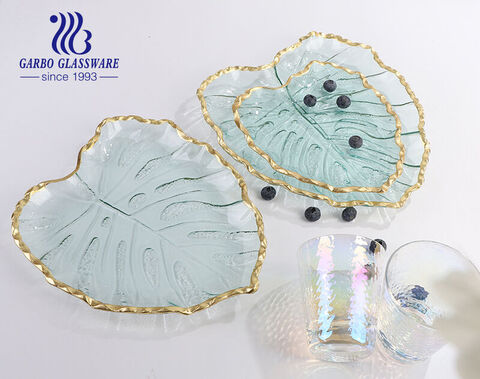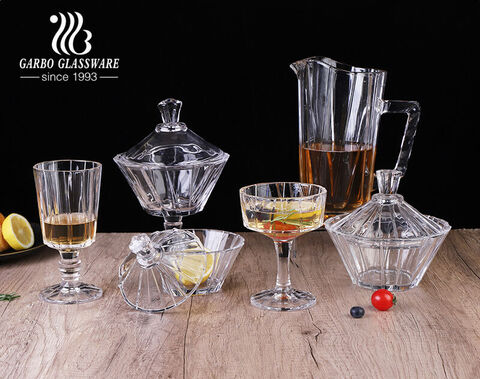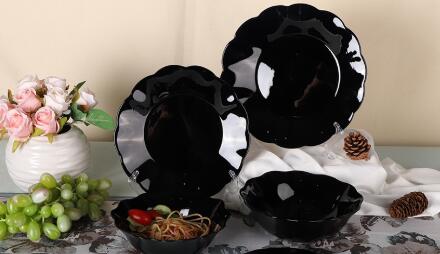The Art of Chinese Glassware: A History of Craftsmanship and Innovation
Pulished on Apr. 23, 2023China has a rich history of craftsmanship and artistic traditions that span thousands of years, with its glassware being a testament to the country's remarkable skill and innovation. From delicate glass vessels dating back to the Western Zhou dynasty (1046-771 BCE) to the intricately carved glass creations of the Qing dynasty (1644-1912 CE), Chinese glassware has evolved over time, reflecting the country's cultural heritage and artistic prowess.
The origins of Chinese glassware can be traced back to the early days of the Western Zhou dynasty when glassmaking techniques were first introduced to China through trade routes. At that time, glassware was considered a luxury item and was often used for ceremonial purposes or as burial objects for the nobility. Chinese glassware from this period was characterized by its simplicity and functionality, with the primary focus on creating vessels for storage and ritual offerings.
During the Han dynasty (202 BCE-220 CE), Chinese glassware began to flourish, with advancements in glassmaking techniques and the use of new materials. One of the notable innovations was the development of the "core-forming" technique, which involved shaping a glass vessel around a core made of clay or metal. This technique allowed for the creation of more intricate and decorative glass vessels with intricate patterns and designs. Chinese glassware from the Han dynasty was known for its bright colors, particularly shades of blue, green, and yellow, achieved through the addition of various minerals and metallic oxides to the glass.
The Tang dynasty (618-907 CE) marked a golden age for Chinese glassware, with the art form reaching new heights of innovation and craftsmanship. During this period, Chinese glassmakers developed the "millefiori" technique, which involved creating intricate patterns by fusing together small colored glass canes and then shaping them into vessels. This technique allowed for the creation of glassware with stunningly complex and detailed designs, including landscapes, flowers, and animals.

One of the most famous examples of Chinese glassware from the Tang dynasty is the "Hebei tomb set," a collection of glass vessels discovered in a tomb in Hebei province. This set includes exquisite glass cups, bottles, and bowls adorned with intricate millefiori patterns and vivid colors. The level of craftsmanship and attention to detail in these pieces is truly remarkable, showcasing the expertise of Tang dynasty glassmakers.
During the Song dynasty (960-1279 CE), Chinese glassware continued to evolve, with a focus on refining techniques and experimenting with new forms and styles. One of the notable developments during this period was the use of "blown" glass, which involved blowing air into a gathering of molten glass to create vessels with thinner walls and more complex shapes. This technique allowed for the creation of delicate glassware with intricate relief patterns, as well as the introduction of new forms such as stem cups and snuff bottles.
The Ming dynasty (1368-1644 CE) marked a period of significant innovation and artistic expression in Chinese glassware. Chinese glassmakers developed new techniques, such as "carved overlay," which involved layering different colors of glass and then carving away the outer layers to reveal the underlying colors, creating a three-dimensional effect. This technique was used to create glass vessels with intricate motifs and scenes, often depicting landscapes, figures, and animals. Ming dynasty glassware was also known for its exquisite use of enamels, which were applied to the surface of the glass and then fired to create colorful and detailed designs.
One of the most famous examples of Ming dynasty glassware is the "Xuande furnace."

Nowadays, glassware technology has developed and you can get many beautiful glassware products easily in the market.









